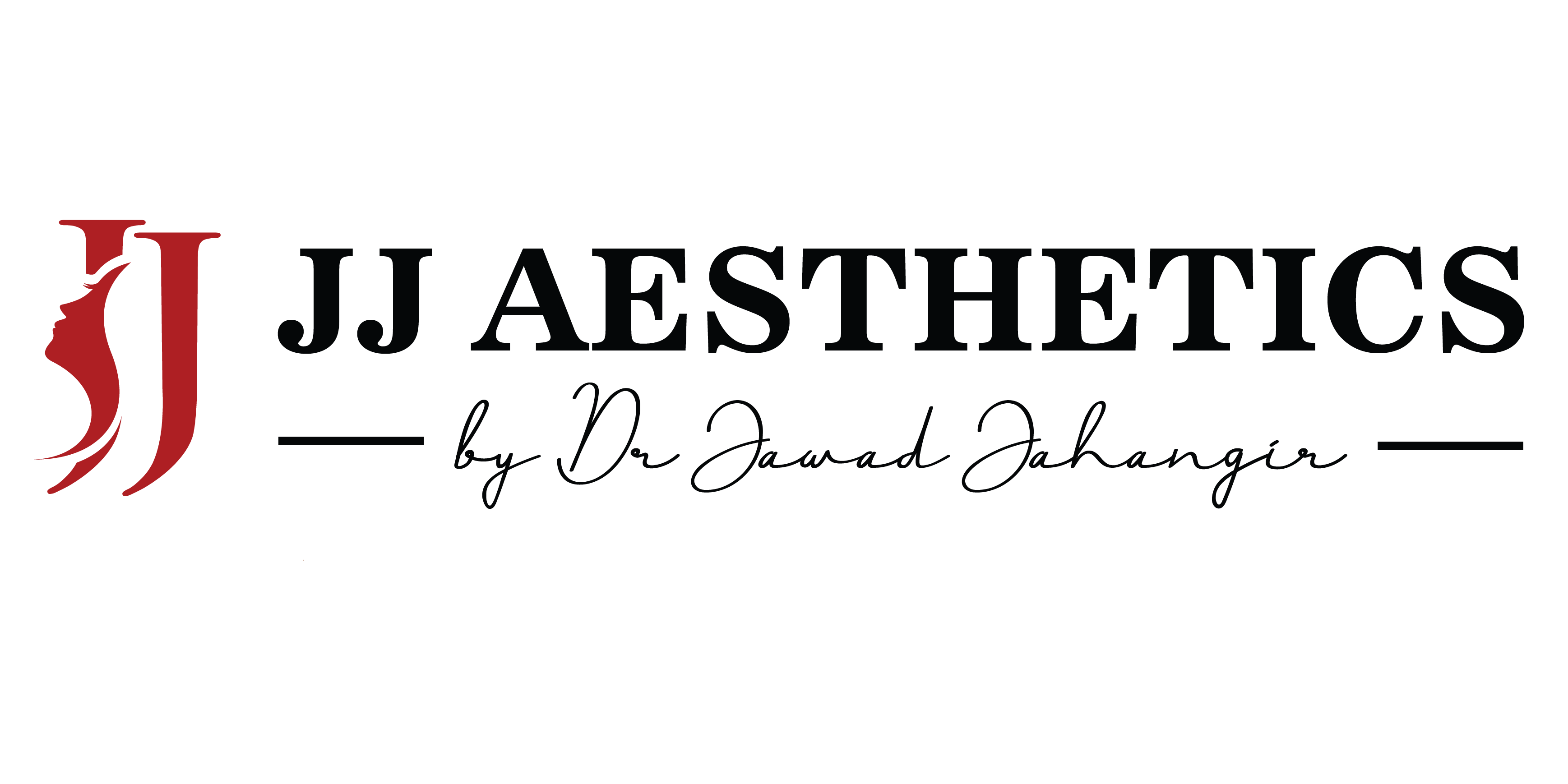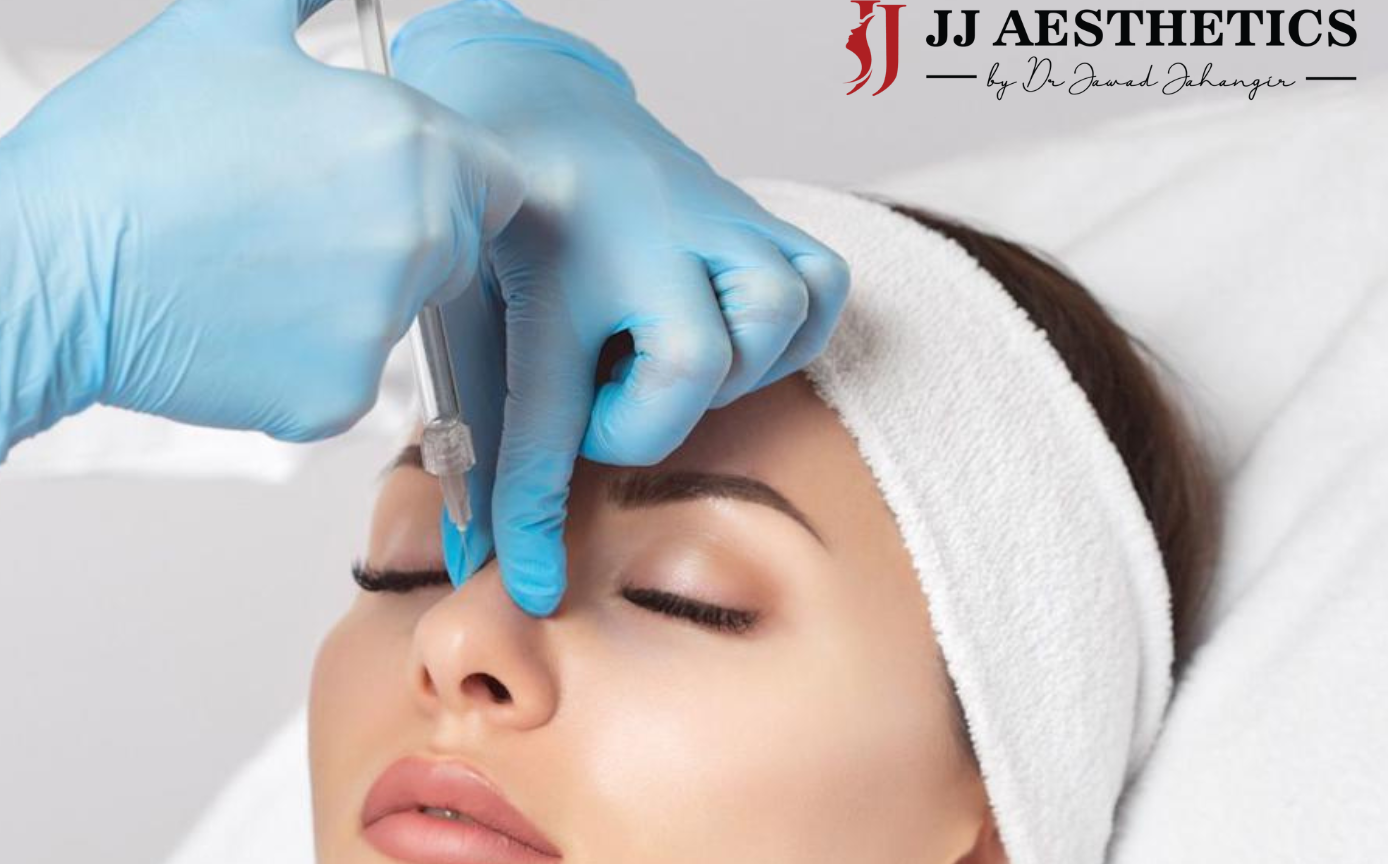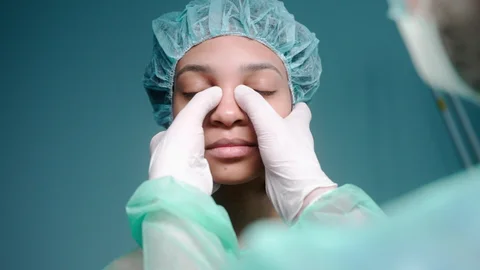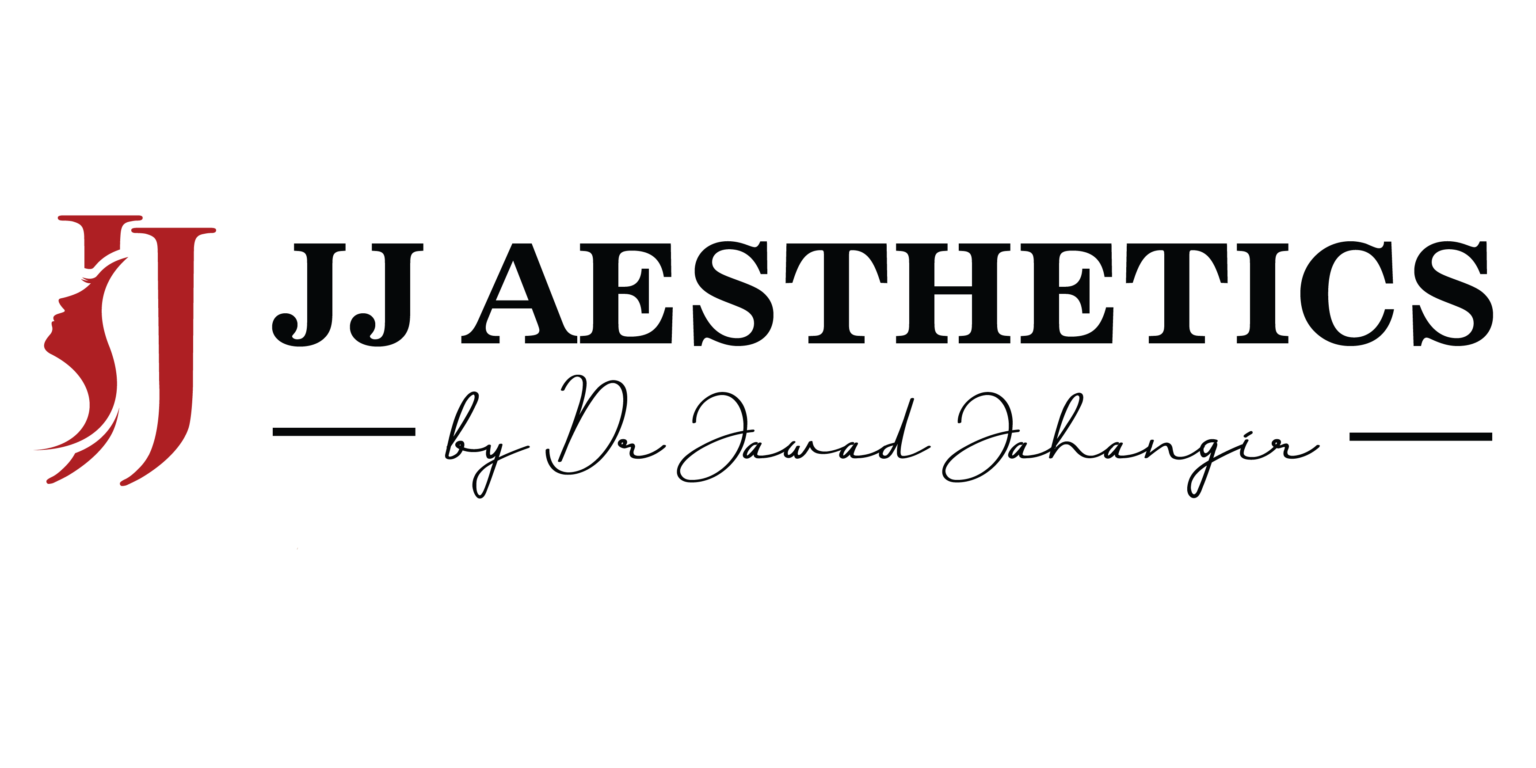
People genuinely want rhinoplasty in Islamabad to improve their nose. Moreover, sometimes it is known as a “nose job. Whether the objective is to repair breathing issues or enhance attractiveness, it helps the nose look better and function better. However, one of the primary concerns patients have, though, I would be Able to breathe after Rhinoplasty Surgery? Hence, read this blog to get clarity.
What Changes to Your Nose During Rhinoplasty?
It might be helpful to understand what happens during a rhinoplasty to be able to discuss lung issues better post-surgery. Rhinoplasty can also reconstruct the bone, cartilage, and skin of the nose in order to achieve the desired look and enhance the functionality of the nose. Nose surgery can include the following, depending on the needs of the patient:
- Modifying the bridge’s or the tip of the nose’s form or dimensions
- Straightening a septum devoid of straightness
- Shrinking the lips
- Eliminating humps or nose tips
Although rhinoplasty may be a good way of improving the nose, it may also be useful in many cases of improving the function of the nasal tubes. This is particularly when there are anatomical problems, such as a deviated septum or enlarged turbinate, that cause a problem in breathing. Because the recovery process can leave the patient with partial breathing problems, many people ask, Will I Be Able to Breathe After Rhinoplasty Surgery?
Would I Be Able to Breathe After Rhinoplasty Surgery?
Following rhinoplasty surgery, you may find some difficulty breathing through your nose. This is so because your surgeon may have utilized internal bracing or nasal packing to stabilize your new nose and halt too much bleeding by swelling of the nasal passages.
Breathing following surgery can be divided into stages:
For the First 48 Hours, Just After Surgery
After rhinoplasty, your nose will be bloated and you may have nasal splints or packing within your nose, restricting airflow. Though it will only last a little, this might seem awkward.
- Having problems breathing via the nose as it is bloated and packed.
- Though it is somewhat uncomfortable, painkillers help to control it.
- Until the packing comes off, you have to breathe via your mouth.
First Week Post-Surgery
During the initial one week after the rhinoplasty surgery, the swelling around the nose will also slowly subside, though the patient may still experience some difficulty breathing through his nose. It takes five to seven days for your doctor to remove the braces and nasal packing.
- improved breathing following splint or packing removal.
- Extra pressure resulting from interior edema.
- Your nose feels mildly cold and stuffy.
2 to 4 Weeks Post-Surgery
Two to four weeks should see a lot of the edema in your nose subsiding, and breathing should be easier. It is in this stage that the majority of the people might be brought back to their normal ways of life and start breathing easily using their lips. Be sure, however, to remember that there may be a little swelling–at least in the tissues of the nose.
- Clearly improved breathing; some slight congestion might still be evident.
- Remarkably close to the bridge and tip of the nose, the swelling is gradually decreasing.
3 to 6 Months Post-Surgery
Your nose should have corrected a lot, and most of the swelling should have disappeared by the third to sixth month. Many patients who have undergone rhinoplasty report that, particularly if the surgery corrected breathing issues like a crooked septum or constricted nasal airways, their breathing improves intensely following the procedure.
- If the surgeon makes functional changes, breathing should either completely recover or even improve.
- Any residual edema is relatively minor and typically invisible.
- The nose begins to assume its ultimate form as it heals.
Aftercare and Recovery:
These suggestions can help if you find it challenging to breathe the following rhinoplasty:
- Your doctor can advise you to clean your stuffy nose and maintain moist and clear nasal passages by using a saline spray.
- Sleeping with your head up will assist your nose in breathing better and aid in lowering swelling.
- Blowing your nose may slow down recovery too soon after surgery and increase edema.
- The humidifier will assist you in breathing easily because your nose will be cured by dampening the air.
Final Thought:
The swelling and packing in the nose after rhinoplasty may make breathing difficult in the following days. Usually, this is just transitory and disappears when the healing process is in progress. Soon you will be able to breathe regularly once more, and for some individuals, even better than before the surgery if you follow what your surgeon advises and allow your body to heal.
Always discuss your concerns with the best surgeon for rhinoplasty in Islamabad, Dr Jawad Jahangir at JJ Aesthetics, before and during rhinoplasty. Your nose job will improve your appearance and enable improved breathing with the correct care and time.



